Guilt motivated me to come back to these towns I had visited just a week earlier because both deserved a closer look. The taxi driver dropped me off in front of Ms. Lee’s Mexican chicken restaurant, but it was closed. So much for my lunch plans!
I walked up the road I had traversed the previous Saturday, passing the Confucian school, to the museum about the righteous army and the Battle of Jipyeong (February 13−15, 1951). First, please take note of the following addenda:
• Although this military engagement is most often called Chipyong-ni, the modern-day city is Jipyeong. For the sake of simplicity, I have chosen to follow that style.
• Charles Hanley’s book was subtly and sometimes blatantly biased in favor of the North Koreans and Chinese, and against the South Koreans and Americans.
• “Ralph Monclar” was really the nom de guerre of Raoul Charles Magrin-Vernerey. A veteran of World Wars I and II, he recruited 600 Frenchmen and brought them to Korea to help in the fight for freedom. He willingly took a rank lower than that of the American military leader, Paul Freeman, his junior by 15 years. Monclar seems to refute the stereotype of the snooty, hypersensitive Frenchie embodied by Charles de Gaulle.
• It was not strictly American and French forces who opposed the Chinese; in fact, 180 South Korean soldiers were attached to Monclar’s group.
• Freeman was injured on the first day of the battle but refused to be evacuated.
• Xu Guofu scoffed at claims that he had a large numerical advantage, insisted that only 1,000 of his men (not 5,000) died in combat and pointed to extenuating factors in his army losing the fight at Jipyeong.
• One factor in the Chinese’ defeat was that American planes strafed and bombed them without mercy.
• If not for Twin Tunnels, Jipyeong and Yongmun Mountain, UN forces might have conceded defeat in the Korean War. A victory over the Chinese was dearly needed, and three in a row had been secured.
• American, French and South Korean officials and veterans still gather at Jipyeong for annual ceremonies.
I took more time to sit and ponder what had happened in these now-wooded hills and what it meant. Here, really, was the main purpose for my return visit.
In the opposite direction from Ms. Lee’s sikdang was downtown Jipyeong, if it may be so called. Little more than a crossroads village, it did have an Asia Mart in front of which lounged a pair of non-White foreigners. I stayed just long enough to take some photos before an impatient taxi driver brought me to Yongmun.
Already quite familiar with it, I knew I would have no trouble finding a hotel. I did, ascertained that the air conditioning worked and then headed out. With exquisite timing, up pulled a bus with a red light alternating 용문산 and Yongmunsan. That was where I wanted to go.
The now dog-eared travel book I bought in Austin in 2007 says the tourist complex at the bottom of the mountain was “made of cold cement” and had “an extremely business-oriented atmosphere.” Absurd. I found it lively and colorful, with no shortage of nice people. One of them was a shop proprietor named Yang Seung-chae. Surprisingly adept at English, he got a signed copy of A Seoul Miscellany.
I would not be reaching the top of the mountain (1,157 meters above sea level), but one-third of the way there was Yongmunsa or “Dragon Gate Temple.” Founded in 913 by a monk named Taegyeong—legend also attributes it to King Gyeongsun—near the end of the Silla dynasty, it has had a tumultuous history. Japanese soldiers destroyed it in 1592 and again in 1907. The latter case was in retaliation for the temple serving as the center of the local resistance movement against Japan’s annexation of Korea.
One of Yongmunsa’s most famous features is a 14th century gilt-bronze seated statue of Avalokitesvara, the bodhisattva of compassion. He wears a splendid headdress with three folds which are thought to symbolize the “three destinies” of affliction, action and suffering.
Before leaving Yongmunsa, I asked a couple of nice women to take photos of me standing in front of a huge (60 meters high with a girth of 14 meters) ginkgo tree named Cheonwangmok (“tree of the heavenly king”). It is the tallest and oldest ginkgo tree in Korea. Too bad I did not come in autumn when its fan-shaped leaves turn a bright yellow. We read that this stately tree was planted by a crown prince, Maeui, who was mourning the dissolution of Silla; he never knew the heights to which it would grow or the reputation it would attain.
Although there is undoubtedly a facility or at least a marker about the Battle of Yongmunsan (March 17−21, 1951) like the one about Jipyeong, I saw no reference to it while going up, wandering the temple grounds and coming down.
Having descended, I looked for Mr. Yang again. He took a break from reading my book to escort me to the open-air restaurant next door and order jeon, a form of Korean pizza. Some Botany Bay−style fans made the air almost brisk. After three hours of walking and climbing in the heat, it was sheer pleasure to rest and eat there. The bus stop was just outside, so I was able to keep a close watch. I paid my bill in advance in case I had to jump up and go. That is exactly what happened, as I had no chance to offer my compliments to the chef.
Back at the hotel, I turned on the AC, fell on the bed and had a 90-minute snooze. I am embarrassed to admit that, but it is true. The sun had not fully gone down when I returned to the streets of Yongmun. When I saw Doap Café, I simply had to go in. This is the place I previously mentioned with the sign out front stating that entry for children below the age of 12 was forbidden. I did not barge in and demand an explanation for such a brazen policy, no. I ordered a café latte and eased into a friendly convo with the young man serving me. He was just slightly abashed to spell out the reasons for it. Apparently some kids had, at an undetermined point in the past, come in with their parents and made too much noise or behaved in a rambunctious manner. Some patrons had issued complaints, and that was that.
Let me tell you, Doap Café was a chi-chi coffee shop! The interior was immaculate, with soft lighting, plants distributed here and there—quite possibly in line with feng shui principles—on its two floors and comfy sofas on which to sit. Recorded music played, and it was not the loud, jarring sort you often find at Korean coffee shops. Doap Café seemed out of place in a remote little town like Yongmun. This is what you might expect to find in the hippest, high-dollar areas of Seoul, in Apgujeong or Myeongdong or Gangnam.
I got up on Sunday morning and rode the subway back to town (no bus this time). I did not go home but to Dongdaemun History & Culture Park. It was August 15, exactly 76 years since the Japanese surrendered and brought World War II to a close. Not just that, but their brutal colonial era in Korea was over. I have read my history, and I know that 250,000 overjoyed people gathered at now-demolished Dongdaemun Stadium to celebrate that hot day in 1945. I walked all around and found nothing going on, other than Korean flags hanging flaccidly from lamp posts in the area. Just me, just the 외국인 (foreigner)?
#travelsofanamericankorean #koreanhistory #koreanwar #ralphmonclar #doapcafe #jipyeong #yongmun #yongmunsa #yongmuntemple #ginkgotree #silladynasty #chipyongni #cheonwangmok #dongdaemunstadium #aseoulmiscellany #charleshanley
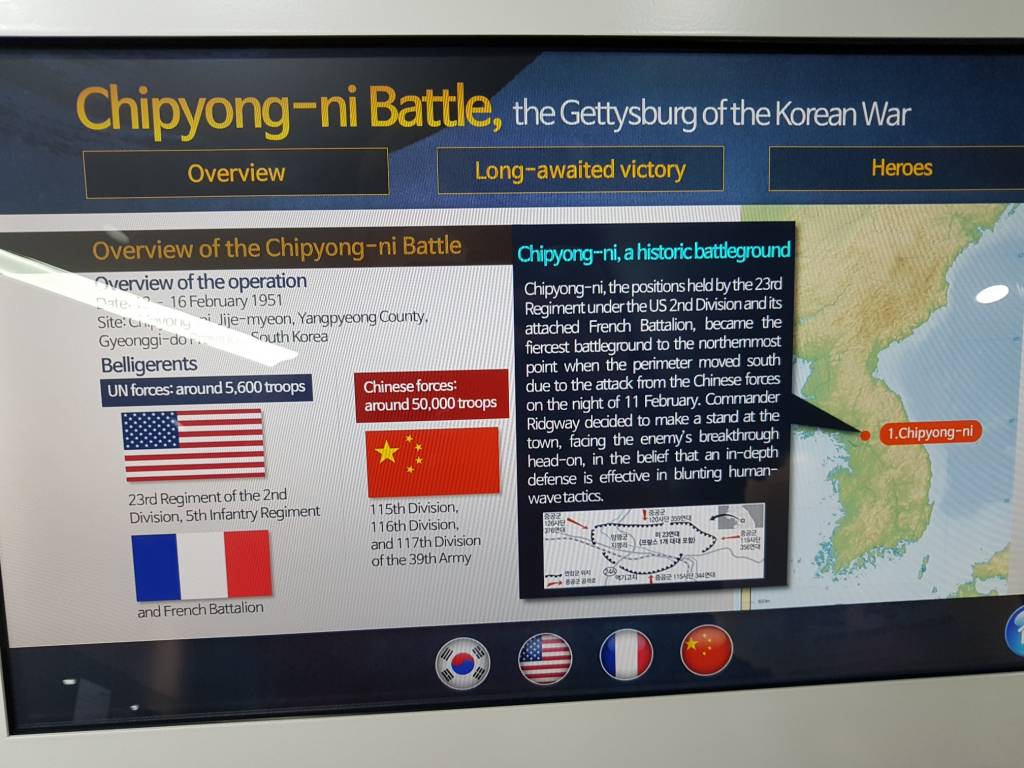
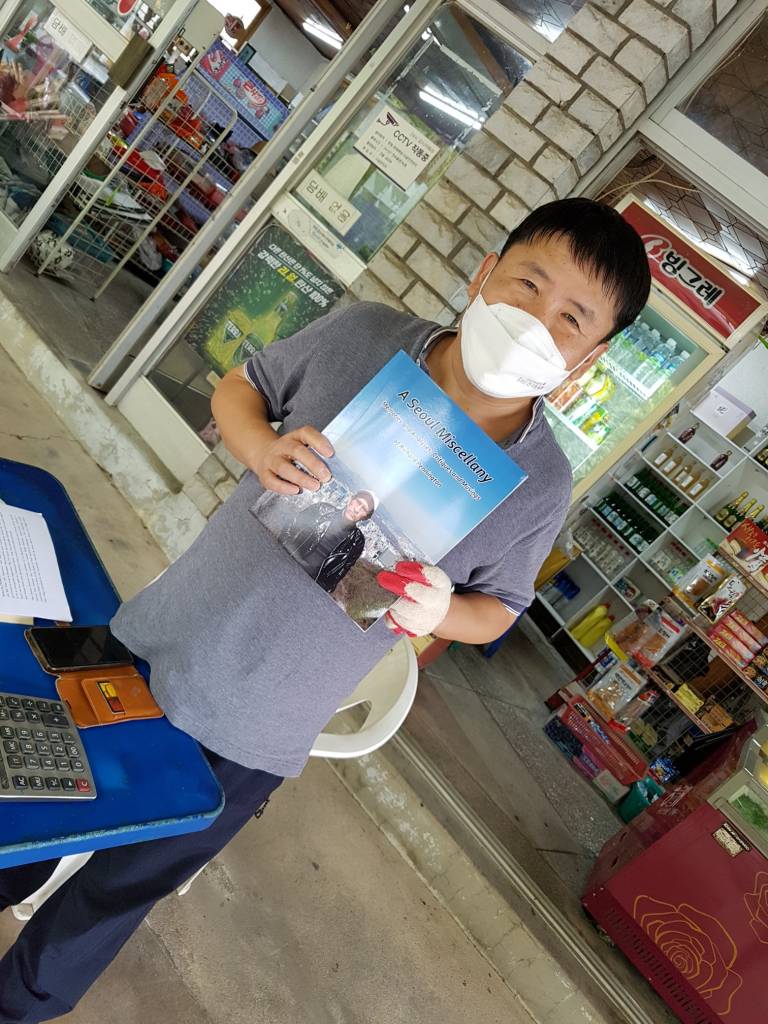
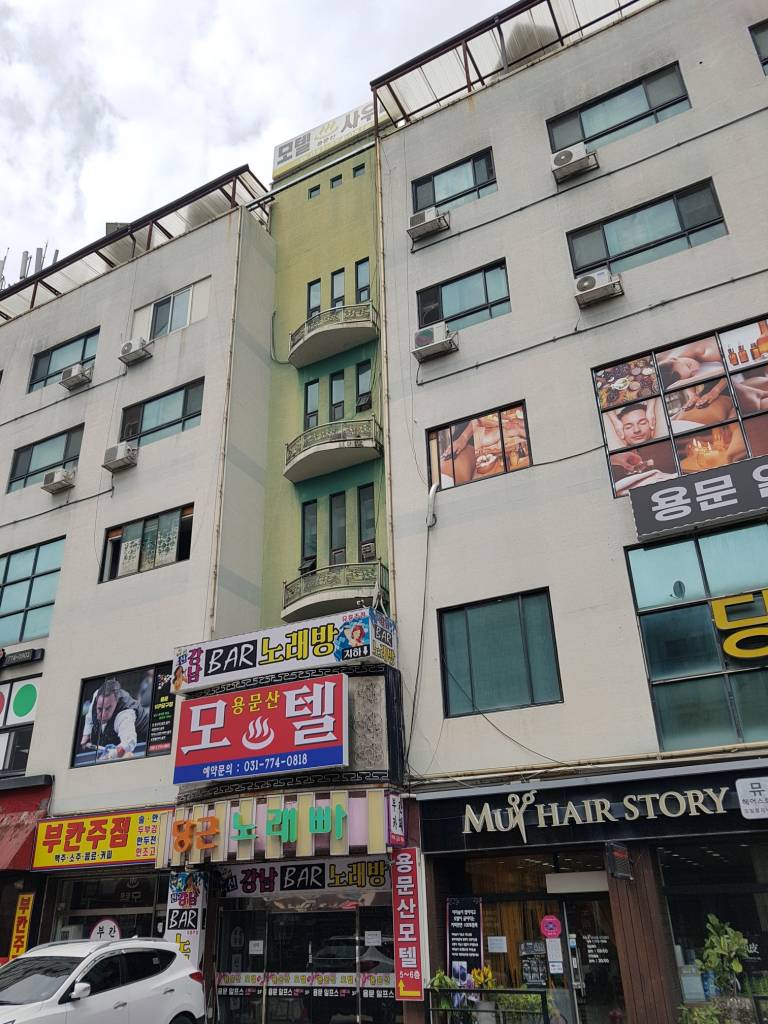
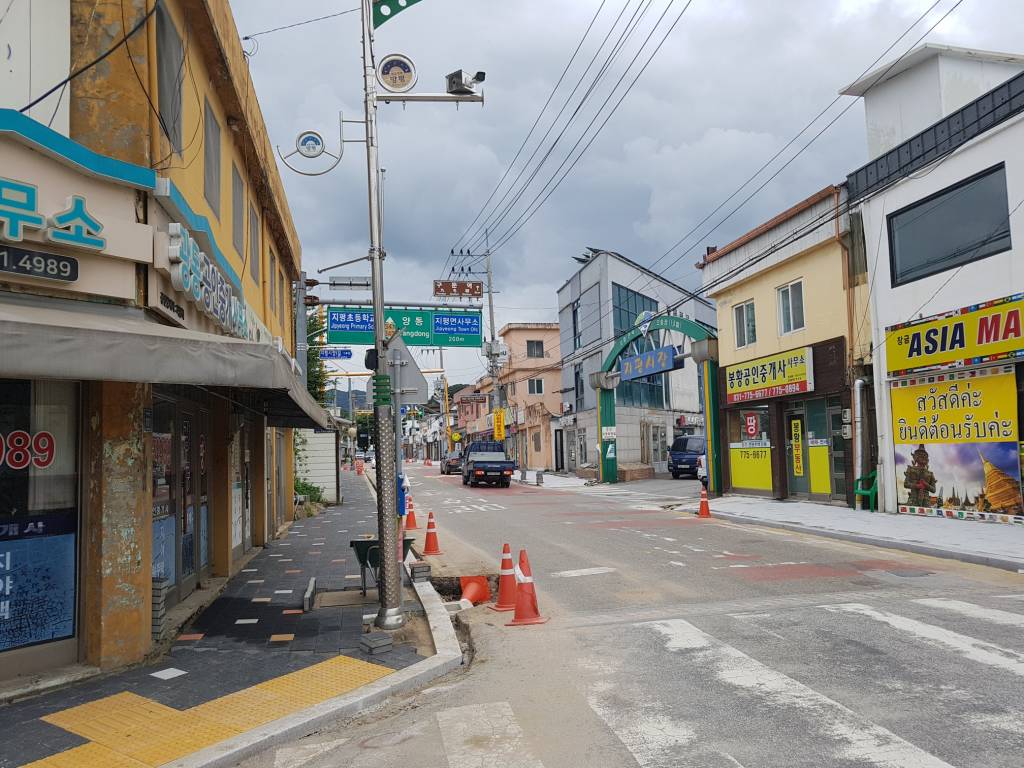
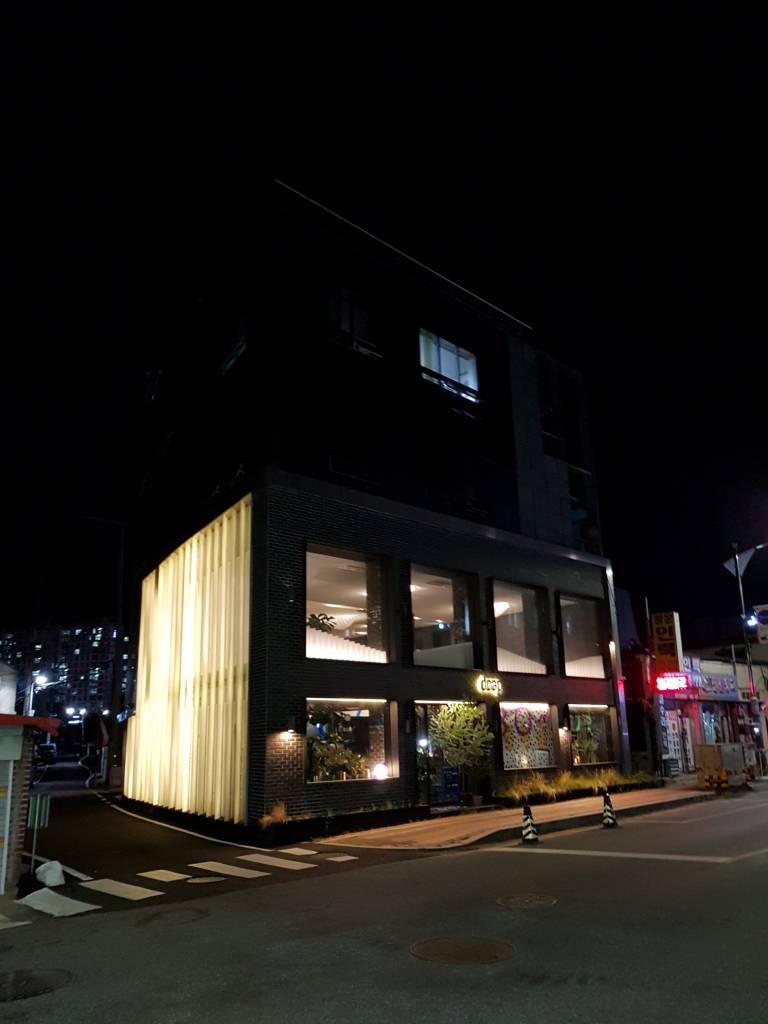
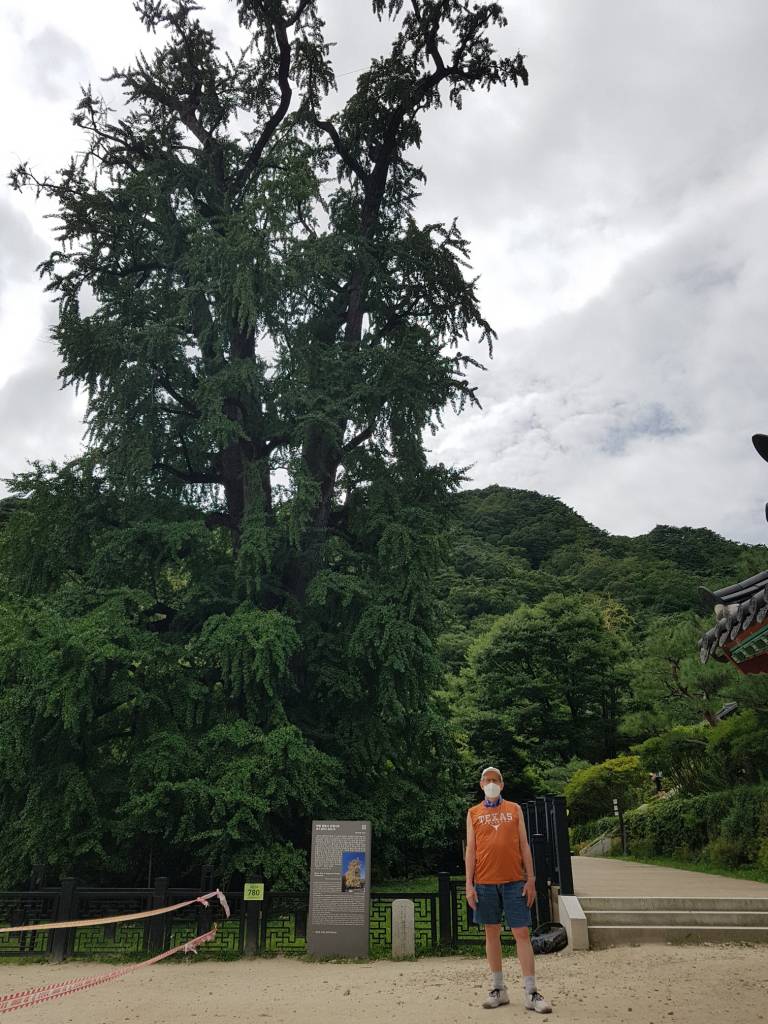
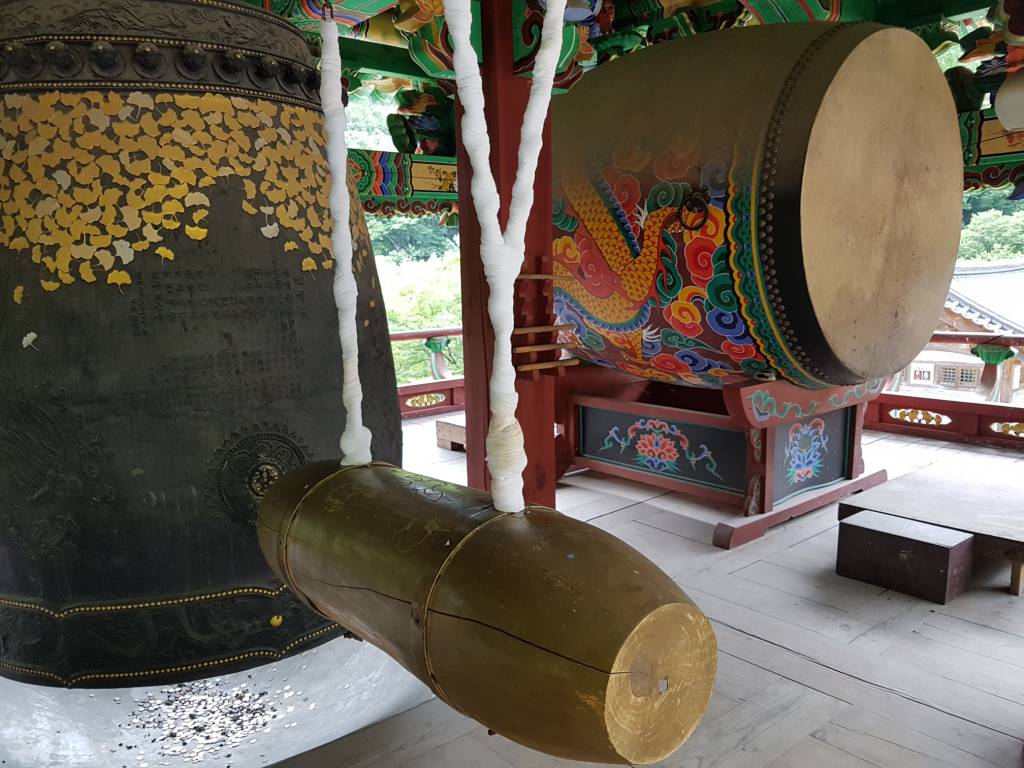
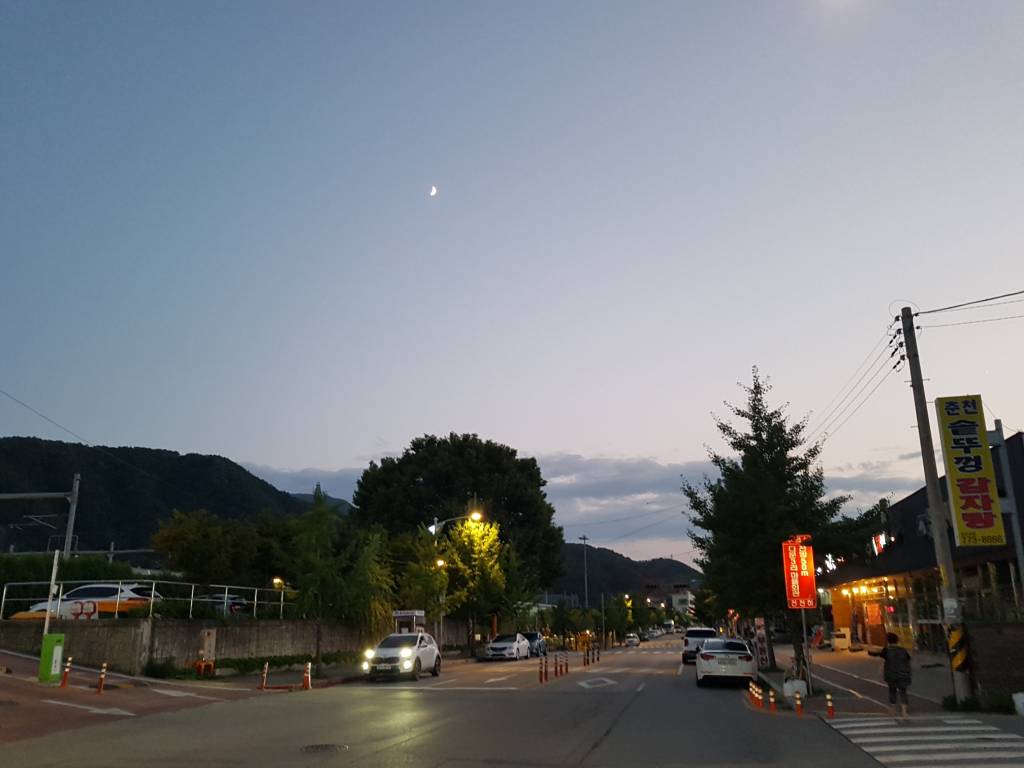

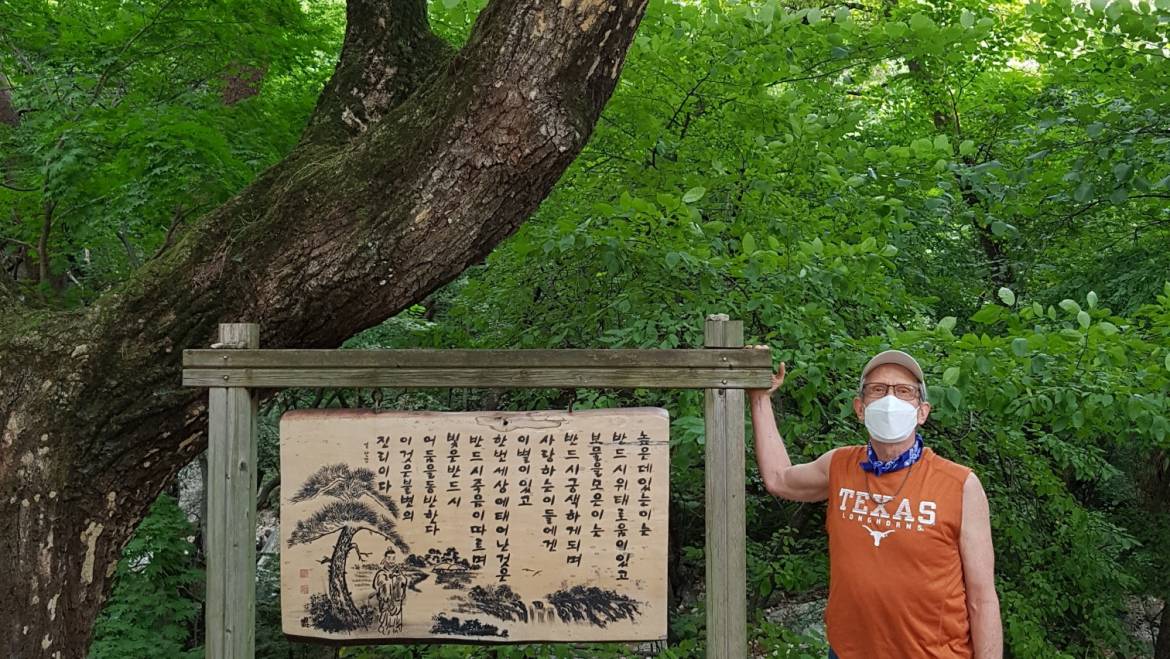
5 Comments
Richard-I enjoyed reading your article. Kudos to you and to your humanitarian exploits! Strong work Sir! Dane
Thank you, Dane. Your comment is much appreciated. Hope to see you in October in Dallas.
Excellent story, Richard!
As a matter fact, many Koreans, especially younger generation, just don’t know how much sacrifices soldiers from US and other 15 countries made and how bravely they fought to defend freedom and democracy in a remote region of far East Asia.
During the Korean war, Korean army was the main target of P.L.A of China because Korean army was pooly trained and ill-equipped and many of officers had no experience of real combat and just incompetent at that time.
For example, in the battle of Hyun Ri one Korean army (3rd army corps) corps just evaporated when attacked by 9th corps of P.L.A.
But in the Jiyeong and Yongmunsan battle, US, French, Korean soldiers fought so well that it enabled current South Korea to exist with amazing economic development as a proud member of free world.
I was impressed very much with your thorough understanding of Korean War and unbiased view of the events occurred almost 70 years ago which is important part of Korean current history.
Thank you very much for your outstanding articles about Korean history.
Excellent story, Richard!
As a matter fact, many Koreans, especially younger generation, just don’t know how much sacrifices soldiers from US and other 15 countries made and how bravely they fought to defend freedom and democracy in a remote region of far East Asia.
During the Korean war, Korean army was the main target of P.L.A of China because Korean army was pooly trained and ill-equipped and many of officers had no experience of real combat and just incompetent at that time.
For example, in the battle of Hyun Ri one Korean army (3rd army corps) corps just evaporated when attacked by 9th corps of P.L.A.
But in the Jiyeong and Yongmunsan battle, US, French, Korean soldiers fought so well that it enabled current South Korea to exist with amazing economic development as a proud member of free world.
I was impressed very much with your thorough understanding of Korean War and unbiased view of the events occurred almost 70 years ago which is important part of Korean current history.
Thank you very much for your outstanding articles about pivotal moment in modern Korean history.
Teamwork at Jipyeong!! Our guys, so proud of all of them–American, French and SK. How they stood and fought, even with huge numbers coming at them. And what you say is absolutely true…younger Koreans do not know or don’t care (how could they not care?!?).
Add Comment